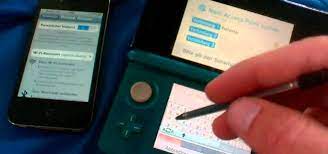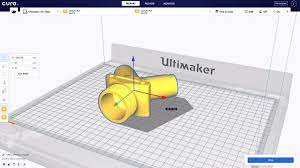How to Fix DNS Server Not Responding Errors

DNS (Domain Name System) is an essential component of the internet that translates domain names to IP addresses. When you type a website’s address in your browser, your computer sends a request to a DNS server to resolve the domain name to the corresponding IP address. If the DNS server fails to respond to your computer’s request, you may see a “DNS Server Not Responding” error message on your screen.
This error can be caused by a variety of factors, including network connectivity issues, incorrect DNS settings, or problems with the DNS server itself. Here are some steps you can take to fix DNS Server Not Responding errors:
Check Your Network Connectivity
The first thing you should do is check your network connectivity. Make sure that your computer is connected to the internet and that there are no network outages or connectivity issues. You can try restarting your modem or router to see if that resolves the issue.
Flush Your DNS Cache
Your computer stores a cache of DNS information to speed up future requests. Sometimes, this cache can become corrupted or outdated, leading to DNS Server Not Responding errors. You can flush your DNS cache to clear out any outdated information and force your computer to retrieve fresh DNS data. Here’s how:
1. Open a Command Prompt window as an administrator.
2. Type the following command and press Enter:ipconfig /flushdns
3. Wait for the confirmation message that says “Successfully flushed the DNS Resolver Cache.”
Change Your DNS Server
If the default DNS server provided by your ISP is not responding, you can try switching to a different DNS server. There are several free and public DNS servers available, such as Google DNS (8.8.8.8 and 8.8.4.4) and OpenDNS (208.67.222.222 and 208.67.220.220). Here’s how to change your DNS server:
1. Open the Control Panel and go to Network and Sharing Center.
2. Click on your network connection and select Properties.
3. Select Internet Protocol Version 4 (TCP/IPv4) and click Properties.
4. Select “Use the following DNS server addresses” and enter the IP addresses of your preferred DNS servers.
5. Click OK to save your changes.
Update Your Network Drivers
Outdated or corrupted network drivers can also cause DNS Server Not Responding errors. You can update your network drivers to fix this issue. Here’s how:
1. Open the Device Manager and expand the Network adapters category.
2. Right-click on your network adapter and select Update driver.
3. Follow the prompts to download and install the latest driver software for your network adapter.
In conclusion, DNS Server Not Responding errors can be frustrating to deal with, but they are usually easy to fix. By following the steps outlined above, you should be able to resolve the issue and get back to browsing the web without any problems.





